Meet John Houck | Artist


We had the good fortune of connecting with John Houck and we’ve shared our conversation below.
Hi John, we’d love to hear more about what was your thought process behind starting your own business?
My first career was in software, and I imagined I would start a tech company, but my art career took off around 2010 and to keep up with the sudden interest in my artwork I had to start thinking of the business side of running an art studio. The art market is all about indirection and obfuscation regarding money and its taboo to mention business in graduate school so there’s little preparation for artists if their career suddenly takes off. Fortunately, my first career as a software engineer prepared me for the more quantitative aspects of running a business. Also, during graduate school I took on numerous contract software jobs for artists and that laid the groundwork for me to start my business as an artist. I learned the importance of record keeping and how essential it is to work with good people. When my art career took off, my experience as a contract software developer was so helpful.
Do you have a budget? How do you think about your personal finances and how do you make lifestyle and spending decisions?
Every quarter I have a check-in about my net income as an artist and recalibrate my budget based on this. For me, financial success is making enough every quarter so that art continues to be my primary job. It has worked out now for almost fifteen years. Ultimately, I try to keep my expenses reasonable and live within my means so I can make long-term investments. I like reading about quantitative finance, options trading, and market psychology, but I focus on dividend aristocrat and S&P 500 exchange traded funds. I have a way to go, but my goal is to generate enough dividend income to help buffer the slow periods in the art market. My main splurge these days is supporting my tennis habit
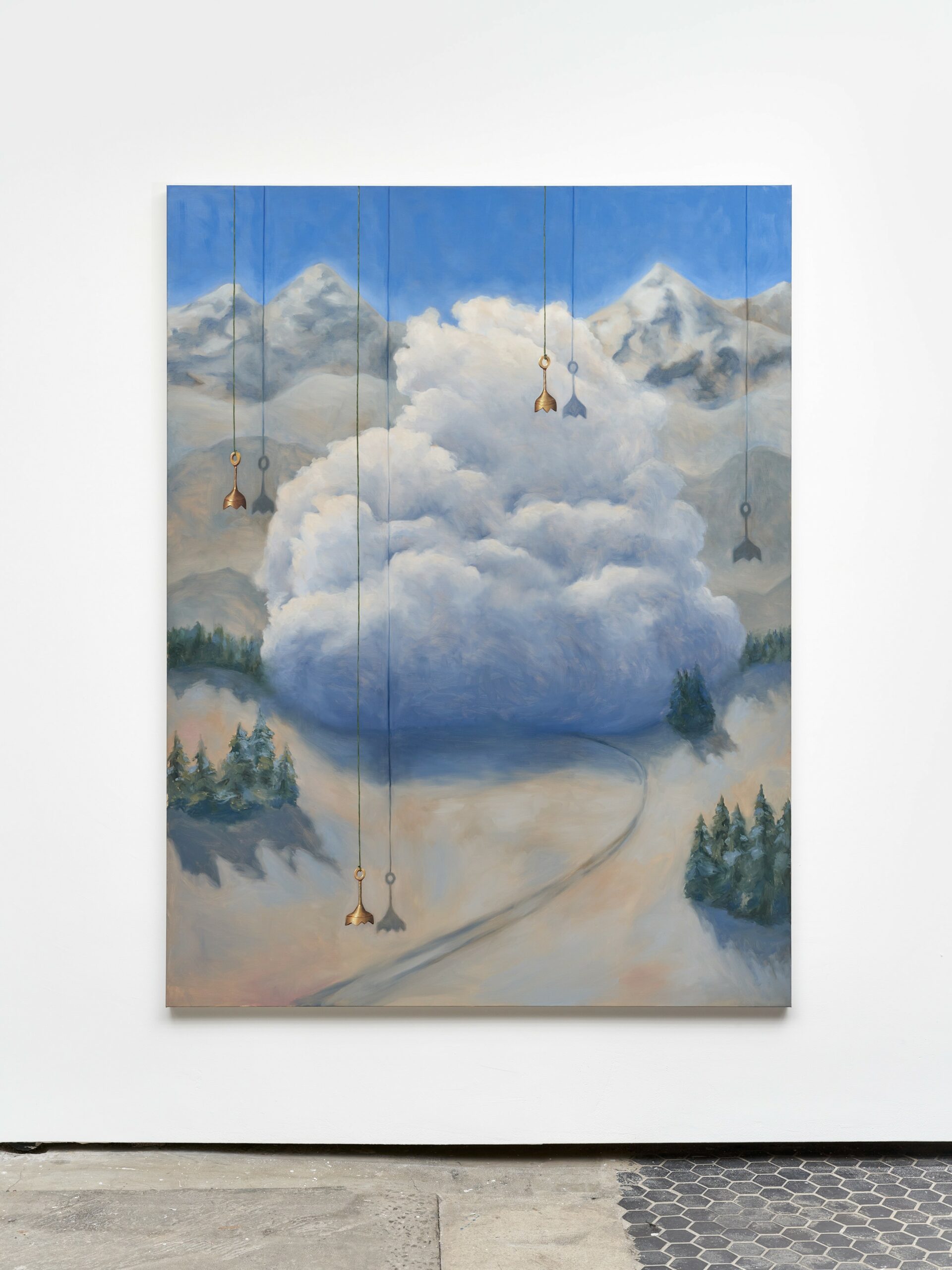
Where are you from and how did your background and upbringing impact who you are today?
I was born in Pine Ridge, SD on a Lakota Sioux Indian reservation, but I mostly grew up in Colorado. When I was in elementary school we lived in a double wide trailer at 10,000 feet of elevation way up in the Rocky Mountains. My Dad coached the rodeo team at the High School. It was a wild and unbridled childhood. That kind of rugged individualism has its issues, but it taught me self-reliance and inspired in me the feeling that I could take on any challenge. I attended CU Boulder for college then moved to Los Angeles way back in 2005.
What is the most important factor behind your success / the success of your brand?
That self-reliance I mentioned earlier only gets you so far and it’s rather lonely. I was in psychoanalysis for over a decade and that taught me the importance of relationships. My success as an artist is primarily a result of all the collectors, curators, and art advisors that have believed in me and my work over the years.
What value or principle matters most to you? Why?
As the psychoanalyst Donald Winnicott said, “It is in playing and only in playing that the individual child or adult is able to be creative and to use the whole personality, and it is only in being creative that the individual discovers the self.” Play is an essential aspect of being human and a principle that matters to me as an artist and parent.

Alright, so let’s move onto what keeps you busy professionally?
John Houck is a multi-disciplinary artist whose work is held in the collections of The Whitney, the Los Angeles County Museum of Art, The Hammer, the Guggenheim, and the Museum of Modern Art, amongst other institutions. He is a graduate of the Whitney ISP, Skowhegan, and UCLA’s MFA program. Central to Houck’s practice is how shadows serve as signatures of both the condition and the limits of our experience. If everything we see is reflected light, then the world that shows up for us is by definition a world of shadows continuously cast upon us. From subtly folded and rephotographed monochromatic papers, to paintings of psychological landscapes overlaid by objects personal to the artist, Houck recasts the shadow as a hinge of illusion and illumination, as the point at which what is real overlaps with what we can know and what we can imagine.
What’s the end goal? Where do you want to be professionally by the end of your career?
My work is in the permanent collection of most major museums in the U.S. and I’m grateful for that. The art market is a relatively small and niche audience, so I would like to expand beyond the narrow confines of the art market to engage with a larger audience, both domestically and internationally.
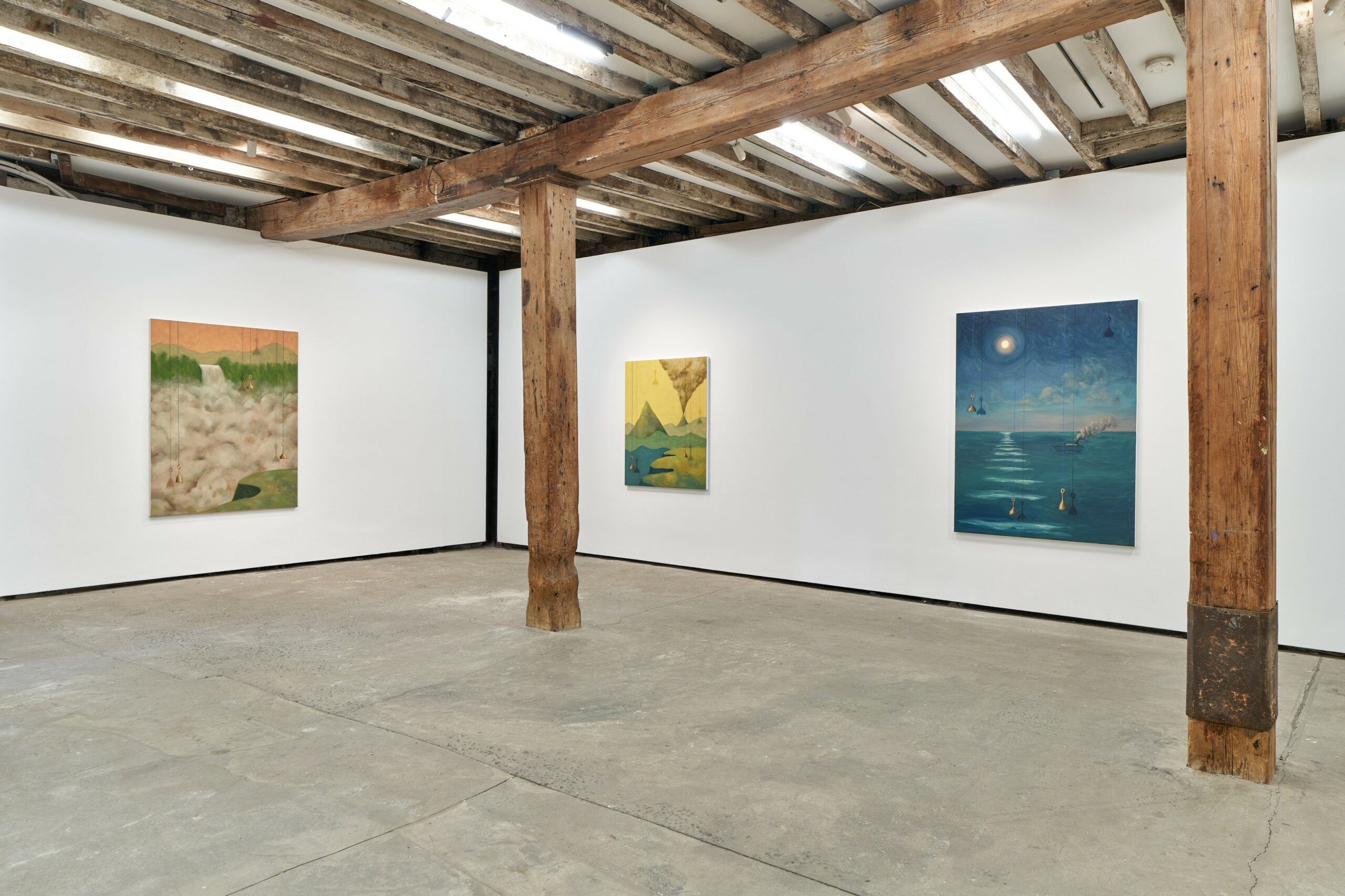
Why did you pursue an artistic or creative career?
Tell us about a book you’ve read and why you like it / what impact it had on you.

Shoutout is all about shouting out others who you feel deserve additional recognition and exposure. Who would you like to shoutout?
Leah and Freja
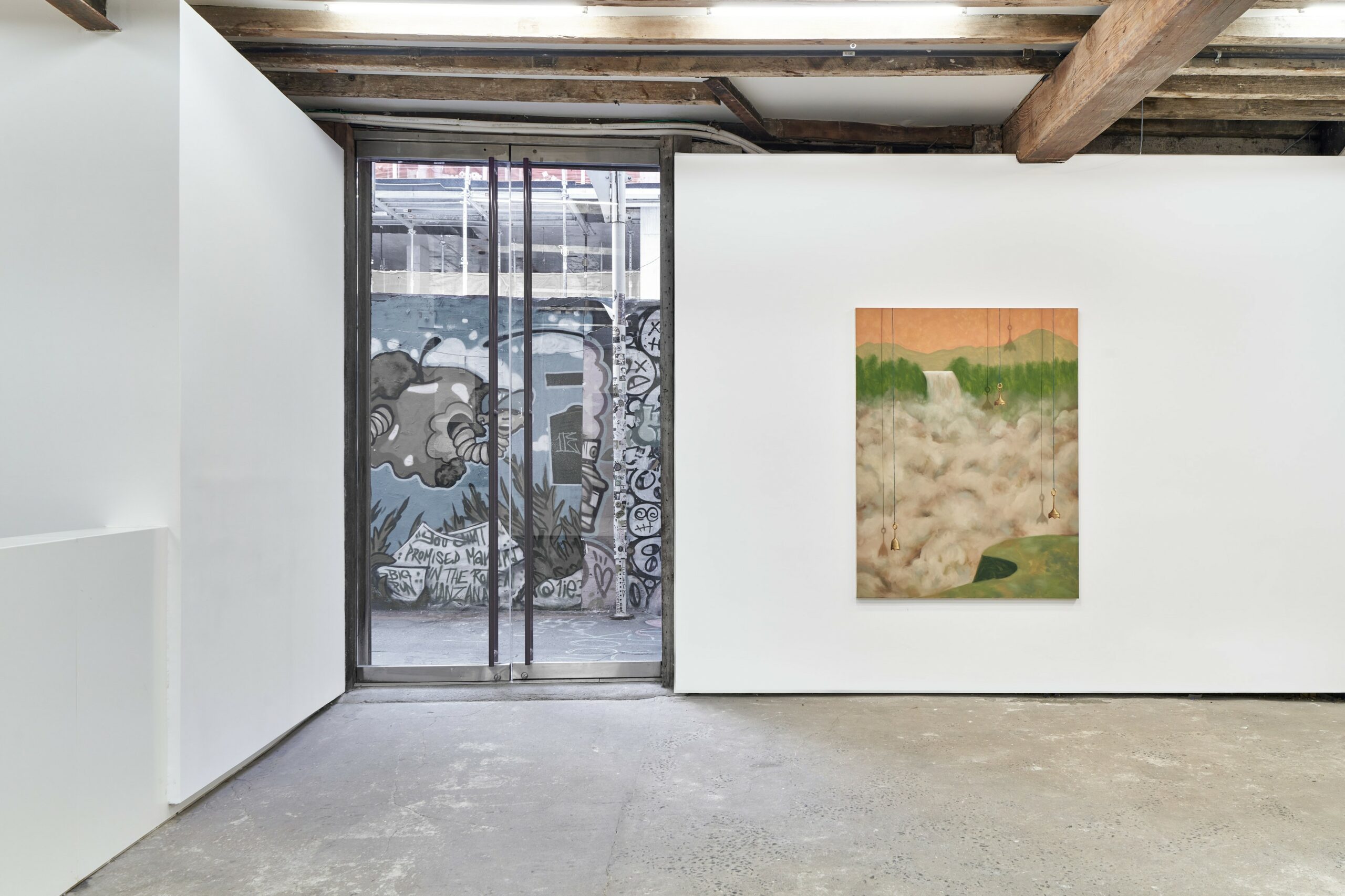
Website: http://johnhouck.com/
Instagram: https://www.instagram.com/dashouck/
Facebook: https://www.facebook.com/profile.php?id=2544711
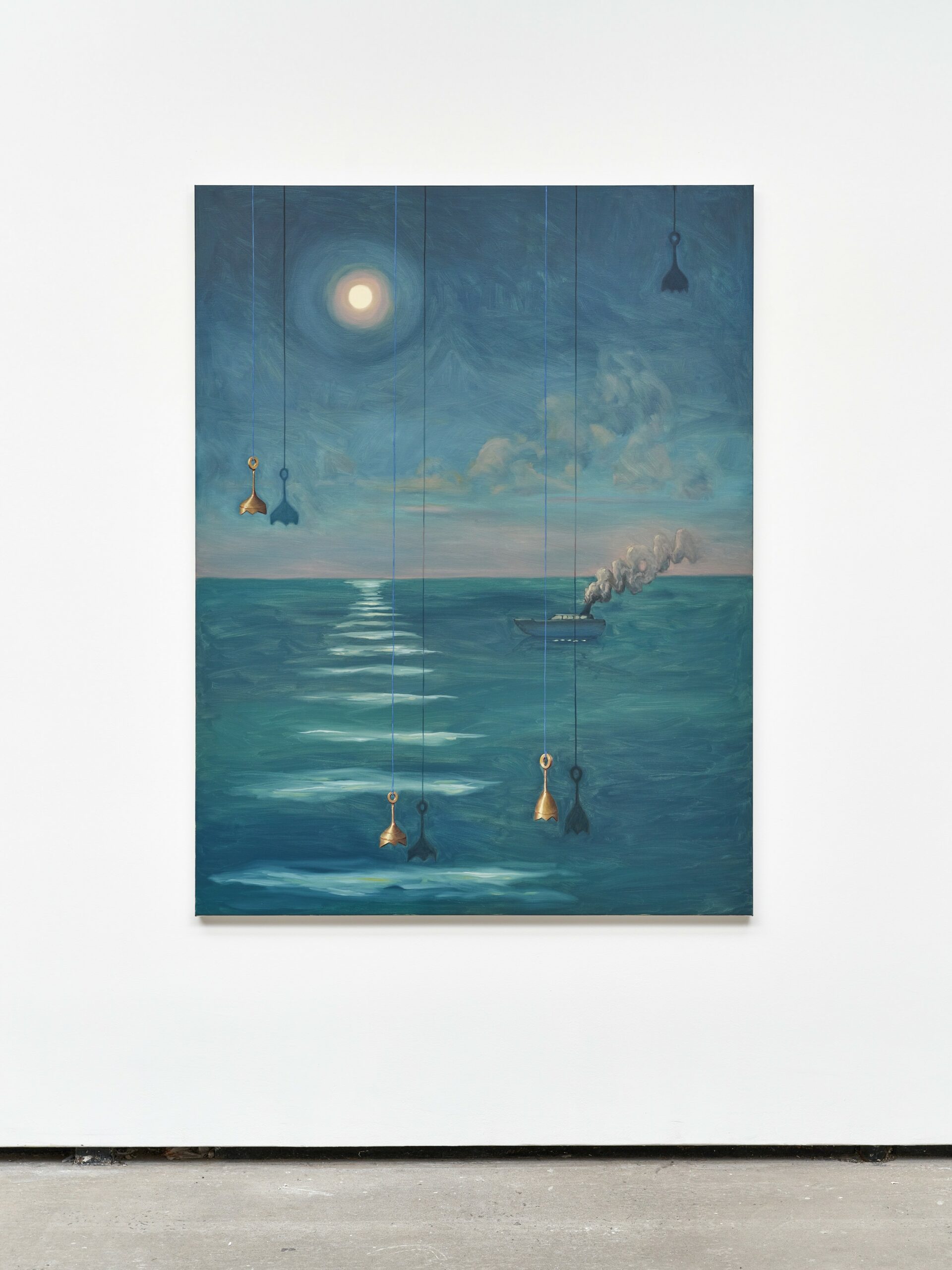
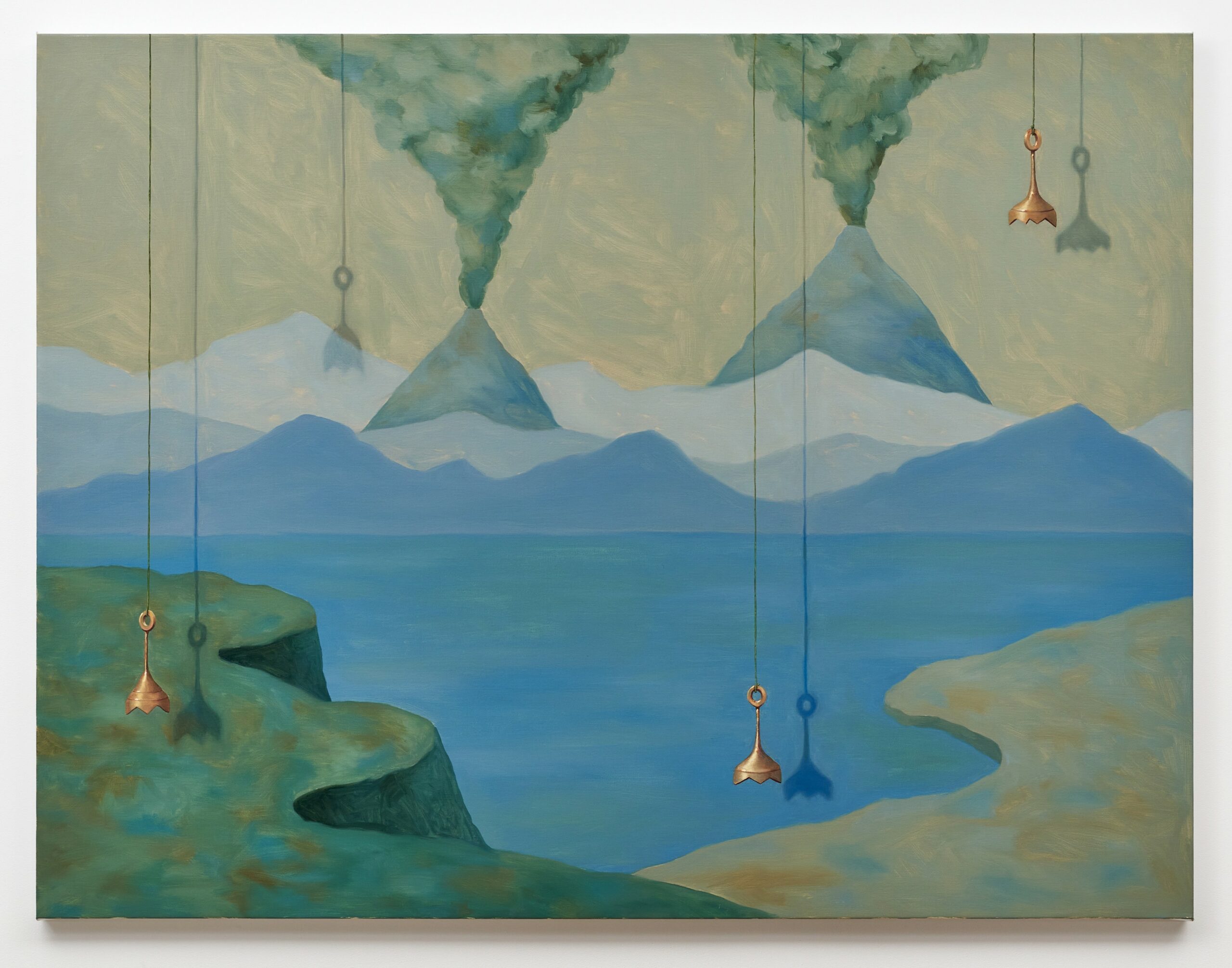

Image Credits
Kunning Huang
